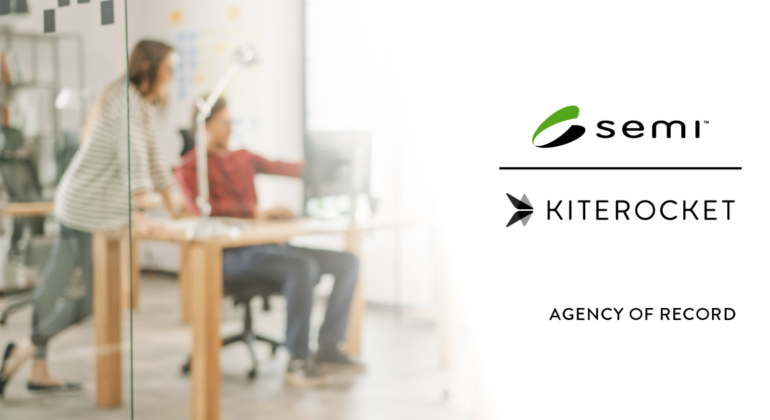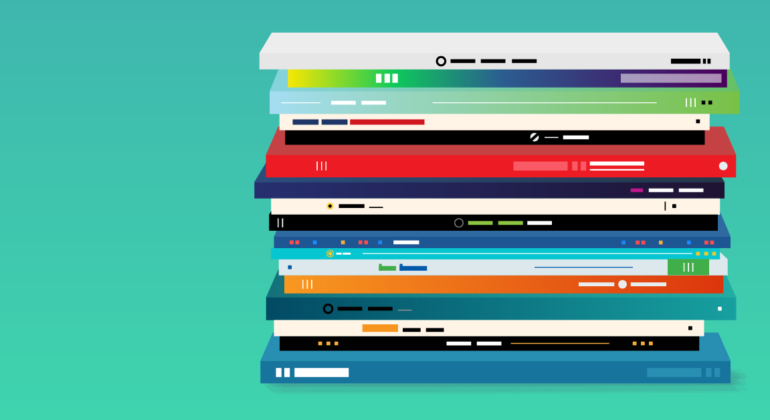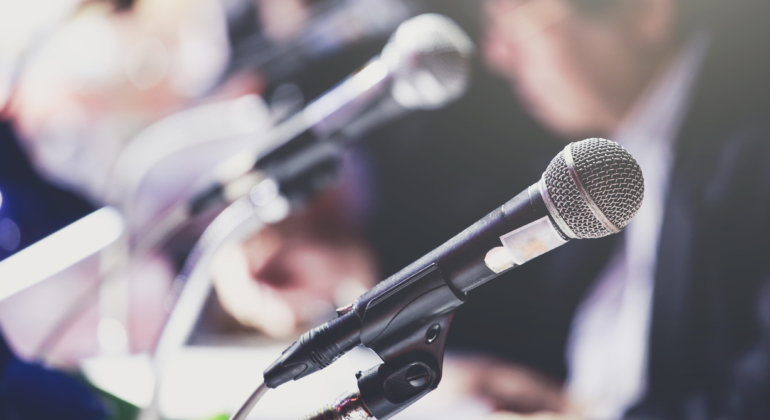April always brings to mind memories of elementary school presentations on the water cycle and triumphant calls to “reuse, reduce and recycle.” But we’ve all heard the rumors that recycling’s not all it’s cracked up to be – behind the waste management curtain, it’s just a different colored bin on its way to the landfill with the rest of our garbage.
So, this begs the question: How sustainable is recycling exactly? And how accessible is it? And, most importantly, what are the alternatives?
The State of Recycling
Some of the most common materials we recycle are paper, cardboard (hey, we all bought a lot of stuff online in the last two years,) plastics, glass and aluminum.
The EPA offers a handy fact sheet breaking out recyclable categories and describing what conditions materials must meet to effectively recycle – usually, that means breaking down and flattening cardboard boxes and removing food debris and residue. But things get a bit cloudy when it comes to recycling one of the biggest question marks in waste management: plastics.
Problems with Plastics
According to the EPA, the U.S. generated a whopping 3.5 million tons of plastics in 2018, and we only recycled 8.7% of that. Sometimes certain types of plastics are not recyclable, or community guidelines restrict how consumers can recycle them. A great example of a finicky plastic: Styrofoam.
But even if you pay close attention to your recycling regimen, it’s often not abundantly clear whether something is truly recyclable, or just destined for a landfill or incinerator with the rest of the rubbish. Most people would toss just about anything featuring the classic “chasing arrows” logo into their blue bin without questioning it.
But mere months ago in California, legislators overwhelmingly passed Senate Bill 343, “The Truth in Labeling for Recyclable Materials,” which requires packaging to meet certain criteria before achieving recyclable status, allowing it to sport the chasing arrows.
Ultimately, the bill aims to empower consumers to correctly handle “the end of life of a product or packaging” and removes the label from plastics that, while recyclable under very specific conditions, are not recyclable under existing infrastructure. According to CalMatters, these often include highly used Styrofoam coffee cups and clamshell takeout containers as well as yogurt cups, butter tubs and medicine bottles, among others. Obviously, it doesn’t help that the pandemic saw us reaching for single-use plastics more often over the last two years.
Issues in Recycling Glass
Often, to avoid the complicated world of plastics, brands and consumers opt for glass packaging. But surprisingly, recycling glass gets complicated as well, and its recyclability hinges on hyperlocal waste management infrastructure and government decision making.
In the last decade, dozens of communities have opted to stop including glass in curbside collection programs citing concerns about , how heavy the material is and the cost to transport and process it. That said, glass recycling is not in peril – far from it. Demand from the public for glass often pushes local governments to explore other recycling options for the material, such as implementing glass-only collection bins and requirements for glass manufacturing quality.
Recycling in the Textile Industry
It seems like there’s an article every week talking about how terrible fast fashion is for the environment. And, over the last decade, clothing retailers have made pushes to bring recyclables into the industry in the form of wearables made from recycled plastics or upcycling incentive programs.
Popular brands like Everlane feature sleek kicks crafted from recycled polyester, and other shops like Girlfriend Collective offer store credit to send in your worn-out pieces so they can recycle them for you. But even as attractive as some of these initiatives are, there remains concern about shedding harmful microplastics, which typically enter the water supply through laundry wastewater.
If Not Recycling, Then What?
It’s no question: Consumers want to buy things that are sustainable and good for the planet. But the road to sustainability is never straight and cutting through the noise to find products that are truly sustainable is a daunting task. Here are the top three waste-management trends we see continuing to build momentum this year and into 2023:
Composting and Biodegradable Packaging
While the pandemic contributed to an increase in single-use plastics, it also saw consumers spending a lot more time at home – where they picked up hobbies like home gardening and indoor plant collecting as well as reflected on their own waste management practices. This increased interest in at-home composting, leading to immense fanfare over products like the TikTok-famous countertop Lomi composting machine.
In the background, restaurants, cafes and events involving an abundance of single-use containers, especially in states like California and Washington, have taken up the use of bio plastics. These are often made from plants like corn and are sometimes called biodegradable; however, many still require processing at a facility, just like plastics. That said, whether compostable food serviceware does more to benefit the planet than single-use plastics remains nebulous.
But compostable and biodegradable packaging is not just booming in the food and beverage world – it’s also made its way into logistics in the form of sustainable mailers, eco-friendly packing peanuts and recyclable kraft tape, and it’s also stepped out on the beauty scene in the form of bio-based, refillable cosmetics packaging.
Zero Waste
Then there’s the zero-waste movement. This method heavily focuses on reuse rather than leaning on single-use products. Often, consumers eliminate waste at home by using old rags instead of paper towels, thrifting dishes and cookware, bringing reusable bags to the grocery store and seeking out refillable products to reduce packaging consumption.
Zero waste also folds in elements of composting and recycling; however, the emphasis on conservation focuses on the entire lifecycle of a product with the goal of reusing it or fabricating it into a new product at the end of its life. There are many different interpretations of what zero waste entails, and this method is often aspirational rather than a set of hard and fast rules.
Slow Fashion
Given the global textile industry’s reputation for questionable ethics and immense contribution to pollution, consumer sentiment toward fast fashion has begun to shift, resulting in a “slow fashion” movement that has built momentum on social media platforms like TikTok and Instagram. So, what exactly is slow fashion?
This movement prioritizes quality and ethics, shifts focus away from trend buying and emphasizes the capsule wardrobe, where consumers wear pieces more than once before washing and create combinations with a limited selection to keep looks fresh and fashionable. Slow fashion also asks consumers to consider thrifting to give someone’s old clothes new life – taking a page out of the zero-waste movement’s book.
While slow fashion’s approach is inherently more sustainable than fast fashion, it often fails to address accessibility. Slow fashion brands typically come at a higher price point, and many folks will opt instead to buy inexpensive pieces from notorious fast-fashion retailers like SHEIN because it’s affordable. There’s also the need for size inclusivity, which not all slow or sustainable fashion brands accommodate.
The Imperfect Sustainable Consumer
Sustainability and conscious consumption is labyrinthine and often difficult to parse. In a market abundant with greenwashing, it’s hard to know what to trust and whether a product is truly beneficial to our goal to lessen the consequences of climate change.
There’s no one way to be a more sustainable consumer – But researching brands before making purchases and identifying areas in your lifestyle where you can feasibly reduce consumption or reuse materials is a great start. At the end of the day, sustainability is not about perfection – it’s about moving toward a goal with the resources you have.


